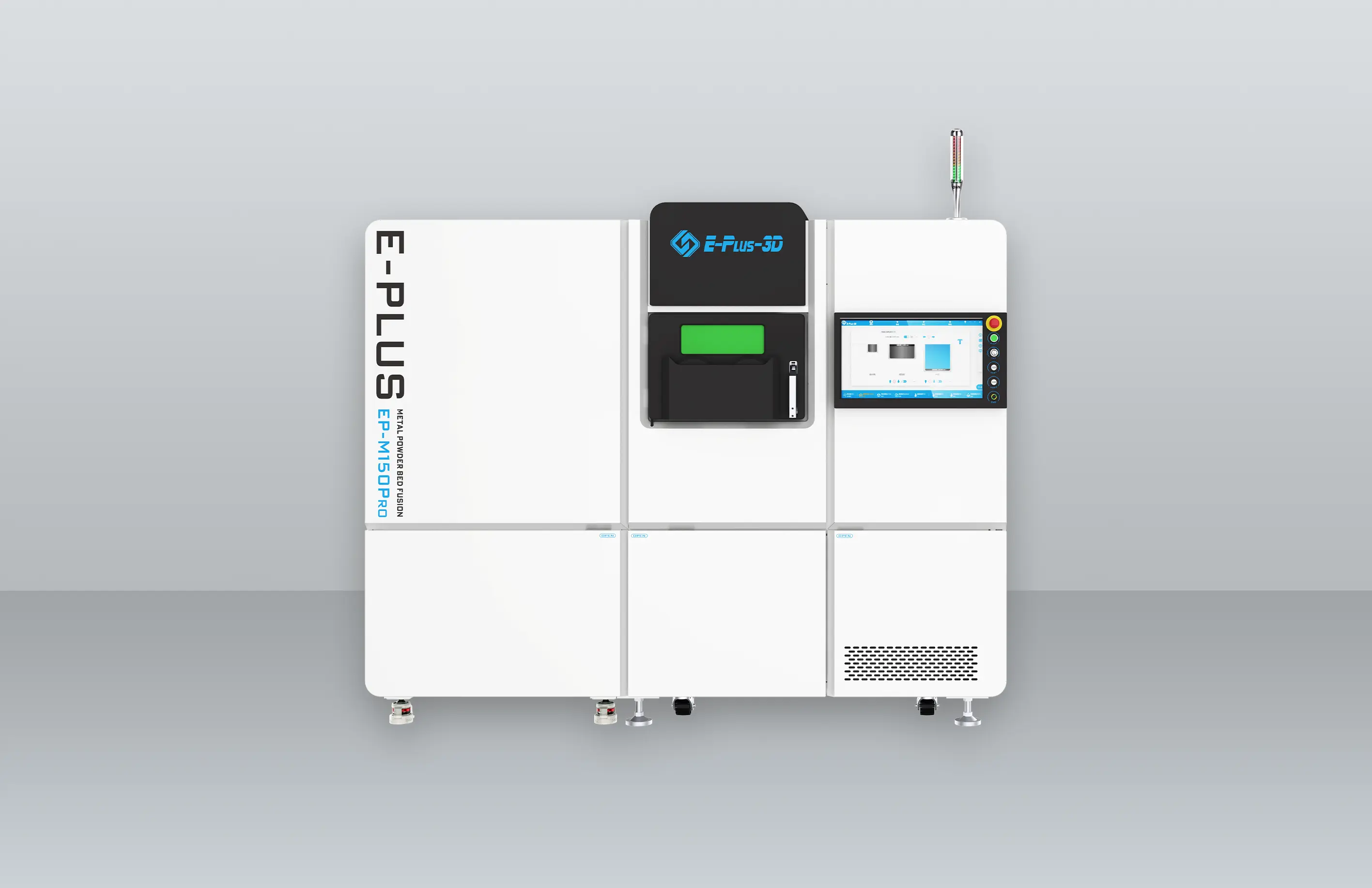We have read a lot of articles about the development prospects of metal 3D printing, but for investors, more insights mean more opportunities. So how does IDTechEx, a well-known British technology market research organization, analyze the development trend of metal 3D printing in the next decade?
1. How to explain the reformative power of 3D printing technology?
There is a strange phenomenon in the 3D printing field that there is too much hype about 3D printing. The technology does have potential impact on manufacturing, but it is far from triggering the "third industrial revolution".
2. How do you view the performance of 3D printing in the next decade?
IDTechEx predicts that the market value of 3D printers and 3D printing materials will exceed US$18 million in 2025. As the competitiveness of desktop consumer 3D printers is declining, manufacturers will find that the idea of 3D printers entering every house is getting difficult to achieve. Large companies focus on applying 3D printing technology to aerospace, biomedical, energy development, jewelry industries, etc. The production efficiency, precision, reliability and operating speed of each device will be significantly improved. Intellectual property rights and quality assurance issues are also issues that need to be resolved urgently for the application of this technology. Furthermore, although 3D printing has a wide range of applications, it cannot produce all items alone due to limitations. Instead, it is combined with other manufacturing processes to realize a new manufacturing method.
3. What about metal 3D printing then?
Metal 3D printing is the fastest growing segment of the technology, with metal 3D printer sales set to grow by 48% over the next decade, and metal materials set to grow by 32%. As the price of equipment decreases, more and more industries will apply metal 3D printing technology.
4. What is the biggest market opportunity for metal 3D printing?
By 2026, sales of metal 3D printers will exceed 9,000 and powder bed processing will remain the most widely used process. Welding printers have the largest growth rate but their base is small, and many technologies are still in the research and development stage. What's more, due to the increasing demand for small batch production of 3D printed parts in the aerospace industry and orthopedic industry, the growth rate of 3D printing titanium alloy powder is also significant.























